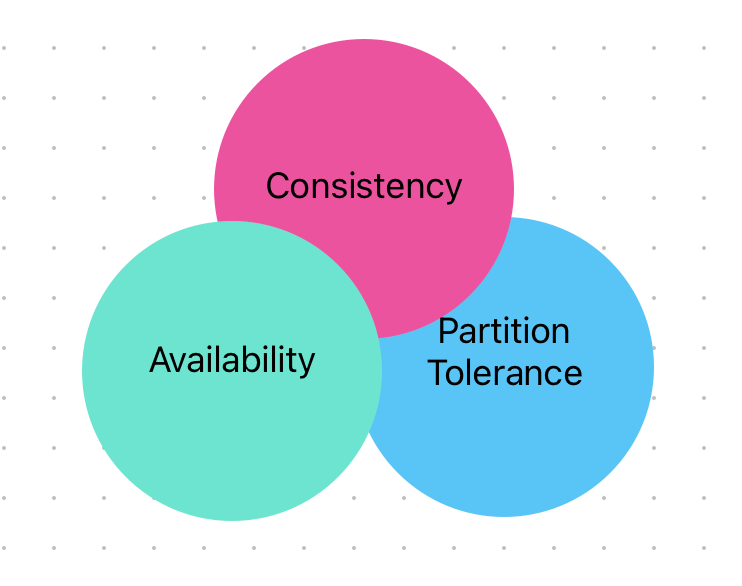The Unsolvable Triangle: CAP Theorem
 Prakhar Parashari
Prakhar Parashari
Introduction
In the world of distributed systems, data consistency, availability, and partition tolerance are key considerations. Unfortunately, achieving all three of these goals simultaneously is impossible. This is where the CAP Theorem, also known as Brewer's Theorem, comes in.
The CAP Theorem states that a distributed system can only guarantee two out of three properties:
Consistency: All nodes in the system have the same data at all times.
Availability: Every request receives a response, even if the response is an error.
Partition Tolerance: The system continues to operate even if there are network failures that partition the system into multiple isolated islands.
Let's break down the implications of each choice:
CP (Consistency and Partition Tolerance): This approach prioritizes data consistency even if it comes at the cost of some availability. Examples include traditional relational databases and blockchain networks.
AP (Availability and Partition Tolerance): This approach prioritizes availability even if it means sacrificing some consistency. Examples include NoSQL databases like Cassandra and distributed caching systems like Redis.
CA (Consistency and Availability): This approach is impossible to achieve in a distributed system with network partitions.
Choosing the right CAP trade-off depends on your specific needs:
For applications where data consistency is critical, such as financial transactions and medical records, a CP system may be the best choice.
For applications where availability is more important than consistency, such as social media platforms and e-commerce websites, an AP system may be preferable.
Additionally, some distributed systems attempt to offer "weakly consistent" guarantees, which strive to balance consistency and availability to some degree. This is often achieved through eventual consistency mechanisms, where consistency is eventually achieved after a while, but not instantaneously.
Understanding the CAP Theorem is crucial for architects and developers designing distributed systems. It helps them make informed decisions about which properties to prioritize and how to best architect their system to meet those requirements.
Conclusion:
Understanding the CAP theorem is crucial for architects and developers navigating the complexities of distributed systems. It serves as a compass, guiding decisions on system design, trade-offs, and the delicate balance between consistency, availability, and partition tolerance. As technology evolves, so too will the strategies and innovations surrounding CAP theorem, shaping the future of distributed computing.
Subscribe to my newsletter
Read articles from Prakhar Parashari directly inside your inbox. Subscribe to the newsletter, and don't miss out.
Written by

Prakhar Parashari
Prakhar Parashari
👋 Hello, I'm Prakhar Parashari ! 🚀 Software Developer | Tech Enthusiast | Blogger 🌐 Exploring the fascinating world of code and technology, one blog post at a time. Join me on my journey as I share insights, tips, and tutorials on all things software development, web development, and beyond. 🔍 Let's connect, learn, and grow together in this ever-evolving tech landscape. Feel free to reach out, ask questions, or share your own tech experiences. I'm here to inspire and be inspired by the incredible Hashnode community! 📝 Check out my latest blog posts below ⬇️ and follow me to stay updated. Thanks for being a part of this exciting adventure! 🚀